Plant Propagation 101: The Key to Unlocking Your Green Thumb
Welcome to the world of plant propagation, where you can turn your gardening hobby into a rewarding journey of growth and new beginnings. Whether you're a seasoned gardener or just starting out, mastering the art of propagation is essential for expanding your plant collection and creating a flourishing garden oasis. In this guide, we will explore the basics of propagation and equip you with the knowledge and skills needed to become a propagation expert.
What Is Plant Propagation?
Plant propagation is the process of creating new plants from existing ones. This can be done through various methods, such as seeds, cuttings, division, or layering. Propagation allows you to replicate the plants you already love, and it can be done in the comfort of your own home, making it an accessible and budget-friendly way to grow your indoor garden.
There are two main types of propagation:
- Sexual Propagation: Involves growing plants from seeds. This is the natural method of reproduction for most plants.
- Asexual Propagation: Involves cloning a plant by taking parts such as cuttings, divisions, or offsets and encouraging them to grow into independent plants. This method ensures the new plant is genetically identical to the parent.
For indoor plant enthusiasts, asexual propagation is the most commonly used and straightforward method.

The Beauty of Leaf Propagation
Leaf propagation is another popular method that is simple and effective for many plants. This method involves taking a leaf cutting from a parent plant and coaxing it to produce roots and eventually form a new plant.
How to Propagate Plants Through Leaf Cutting:
1. Select a Healthy Stem: Choose a healthy plant with strong, non-flowering stems. The stem should be free from pests or signs of disease.
2. Prepare the Cutting: Remove lower leaves to expose the node and reduce moisture loss.
3. Rooting:
- Water Method: Place the cutting in a glass of water, ensuring that the node is submerged but the leaves remain above water. Change the water every few days to prevent bacterial growth.
- Soil Method: Plant the cutting in a well-draining soil mix and water lightly. Ensure that the soil stays slightly moist but not soggy.
4. Environment: Keep the cutting in a warm, humid environment with bright, indirect light. temperature range of 65°F to 75°F (18°C to 24°C) is ideal.
5. Monitor Growth: Roots should start developing within 1-4 weeks, depending on the plant variety and environmental conditions.
6. Transplanting: Once roots are about 1 inch long, carefully transplant the cutting into a pot with potting mix. Water lightly and maintain proper light and humidity.
Best Plants for Leaf Cutting:
- African Violets
- Jade Plant
- Snake Plant
- Succulents (like Echeveria and Crassula)
- Begonias
Pro Tip: When propagating succulents, let the leaf callous over for 24 hours before planting to reduce the risk of rot.
Embracing Division and Layering
In addition to stem and leaf cutting, division and layering are propagation methods that work well for certain plants.
Division:
Division involves separating clumps of plants into individual sections, each with their own roots.
How to Divide Plants:
- Carefully remove the plant from its pot or from the ground.
- 2. Gently separate the root ball into smaller sections, ensuring that each section has healthy roots and stems.
- 3. Replant each section into its own pot with fresh soil.
- 4. Water thoroughly and keep in a warm location.
Best Plants for Division:
- Hostas
- Irises
- Ferns
- Snake Plant
- Peace Lily
- Aloe Vera
Pro Tip: Division works best in early spring or fall when the plant is not actively flowering.
Layering:
Layering encourages roots to form on branches still attached to the parent plant.
How to Layer Plants:
- Bend a low-hanging branch down to the soil.
- Remove leaves where the branch touches the soil.
- Bury the node in the soil, securing it with a small stake or stone.
- Keep the soil moist.
- Once roots form, cut the new plant from the parent and replant it.
Best Plants for Layering:
- Spider Plant
- Strawberry Plant
- Philodendron
- Jasmine
- Climbing Roses
Pro Tip: Air layering (wrapping the node in moist sphagnum moss) works well for larger plants like Monstera and Ficus.
Tips for Successful Propagation
To maximize your success rate, follow these essential tips:
1. Use Clean Tools: Always use clean, sharp tools to make cuts to prevent infection or disease from spreading.
2. Create a Humid Environment: Many propagating plants benefit from a humid environment. Consider using a humidity dome or covering your cuttings with a plastic bag to create a greenhouse effect.
3. Be Patient: Propagating plants can take time. Don’t rush the process—allow your cuttings or divisions to root and establish before transferring them to their final pots.
4. Bright, Indirect Light: Most propagated plants need bright but indirect light to encourage healthy growth.
5. Avoid Overwatering: Keep the soil or water moist but not soggy to prevent rot.
Troubleshooting Common Propagation Issues
Cuttings Not Rooting:
- Cause: Low humidity or insufficient light.
- Solution: Increase humidity and provide bright, indirect light.
Root Rot:
- Cause: Overwatering or poor drainage.
- Solution: Reduce watering and ensure proper drainage.
Leaf Wilting or Yellowing:
- Cause: Overwatering, under watering, or too much direct sun.
- Solution: Adjust watering schedule and move to a more shaded area.
Cuttings Not Rooting:
- Cause: Low humidity or insufficient light.
- Solution: Increase humidity and provide bright, indirect light.
Root Rot:
- Cause: Overwatering or poor drainage.
- Solution: Reduce watering and ensure proper drainage.
Leaf Wilting or Yellowing:
- Cause: Overwatering, under watering, or too much direct sun.
- Solution: Adjust watering schedule and move to a more shaded area.
Conclusion
Plant propagation is a rewarding way to grow your plant collection and share your favorite plants with others. By mastering techniques like stem cutting, leaf cutting, division, and layering, you can turn one plant into many. Whether you're a beginner or a seasoned plant parent, propagation is a valuable skill that will enhance your gardening experience and help you cultivate a lush, thriving indoor and outdoor garden.









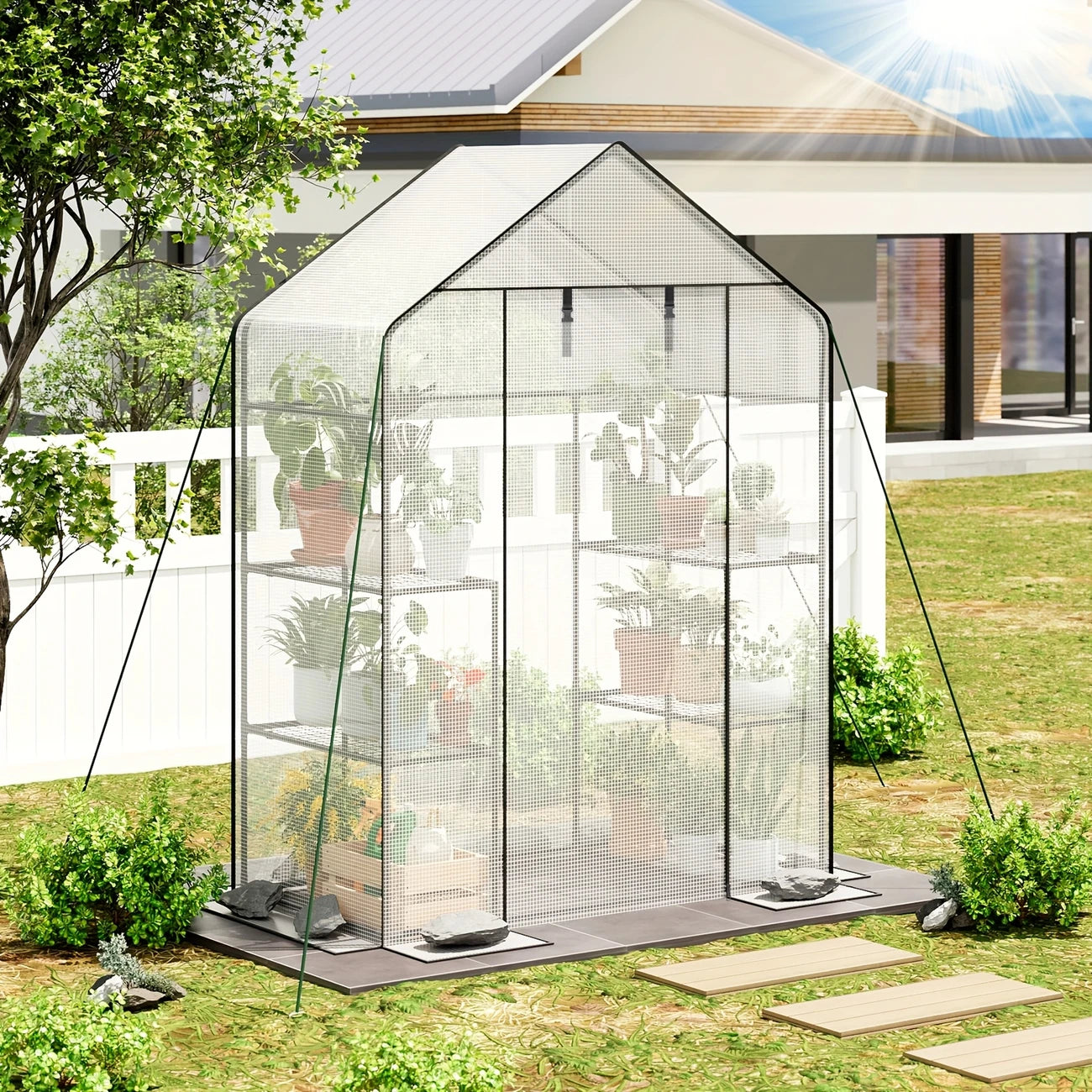
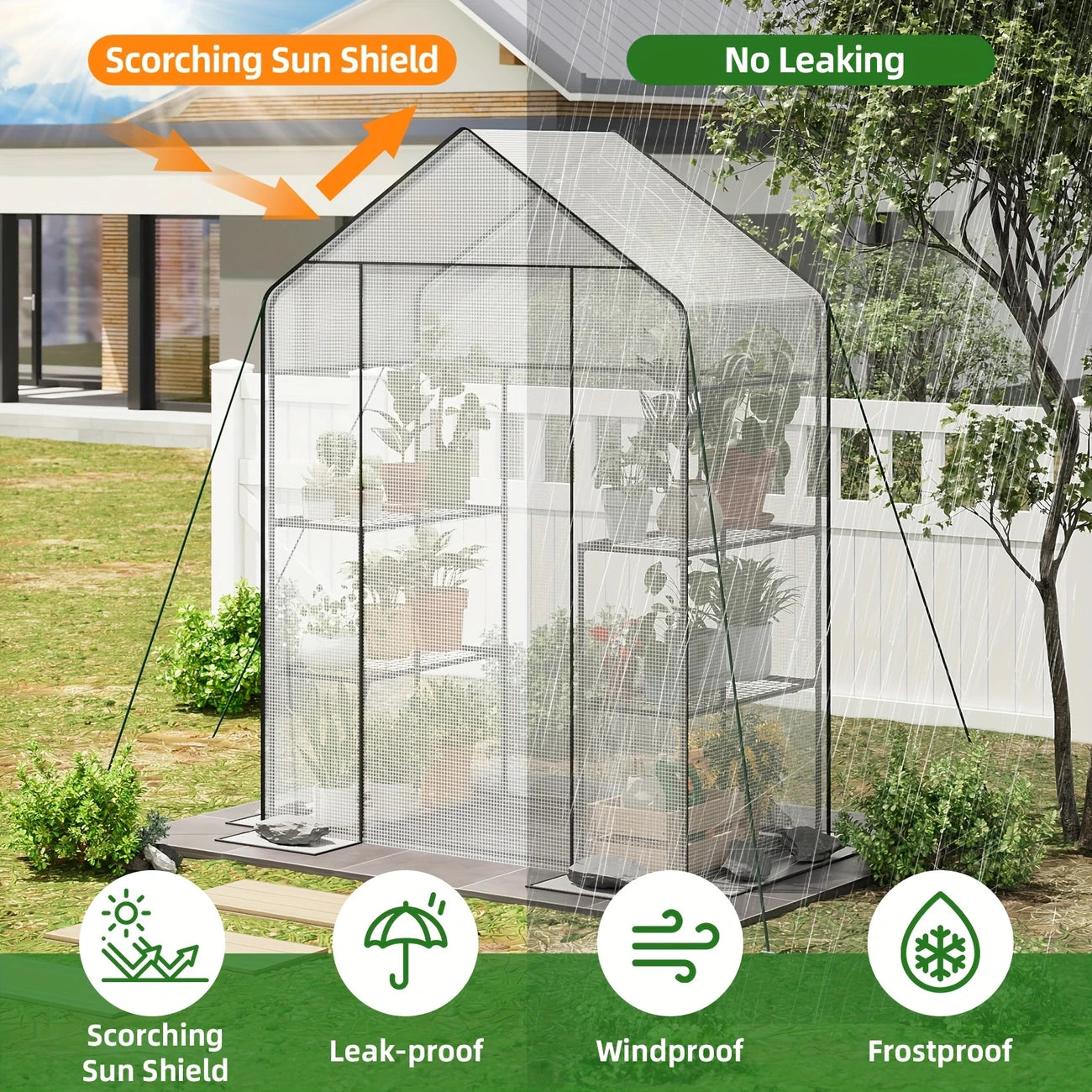
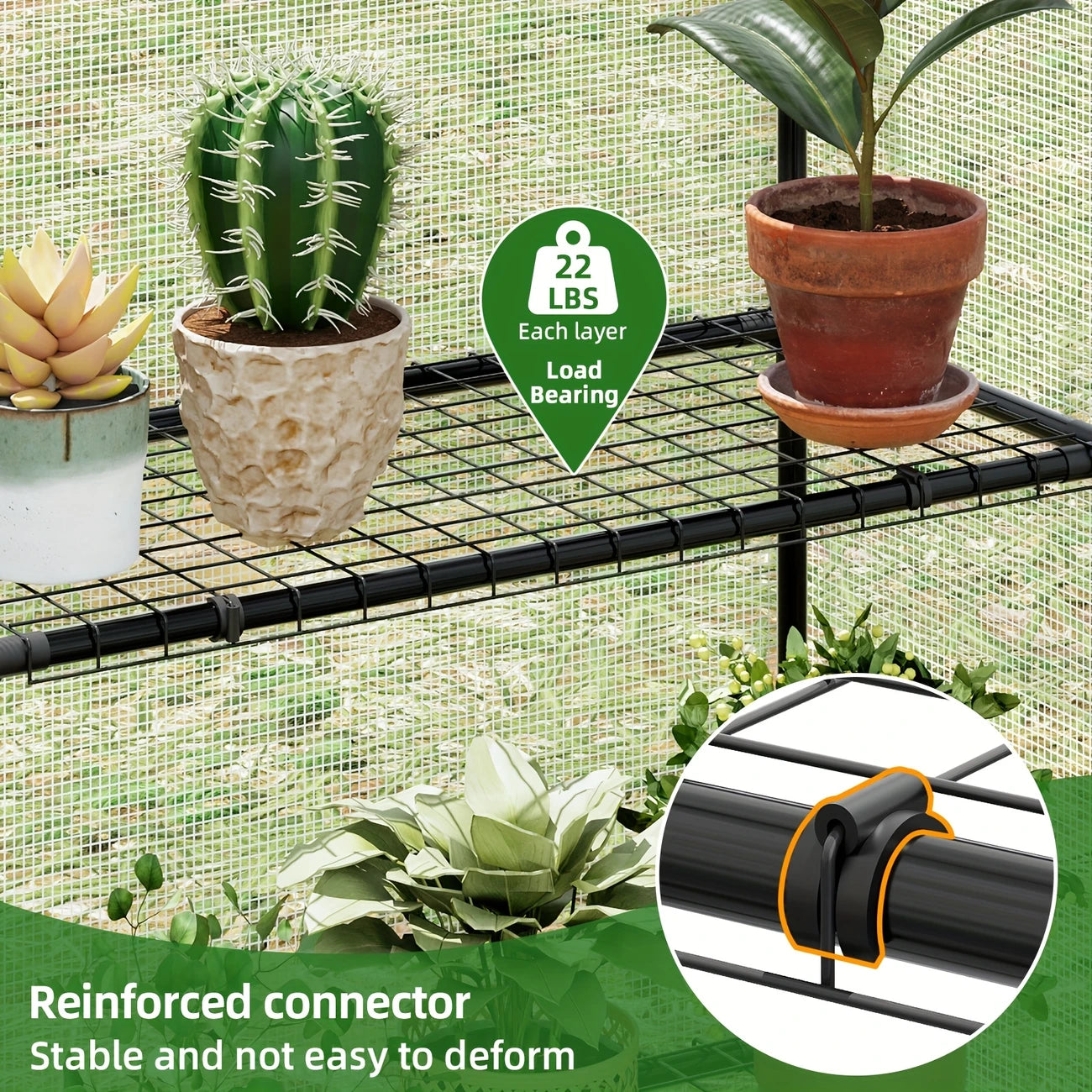

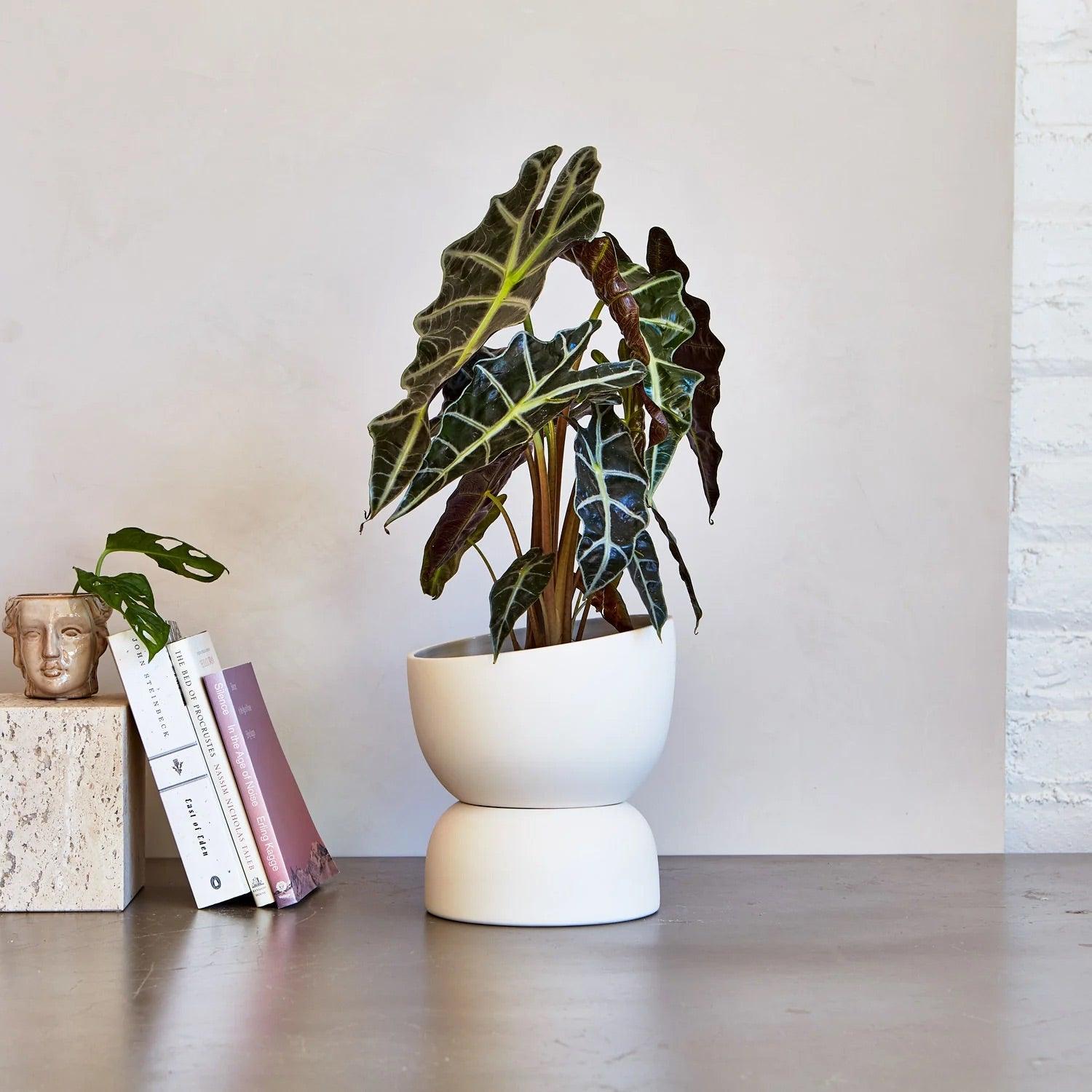
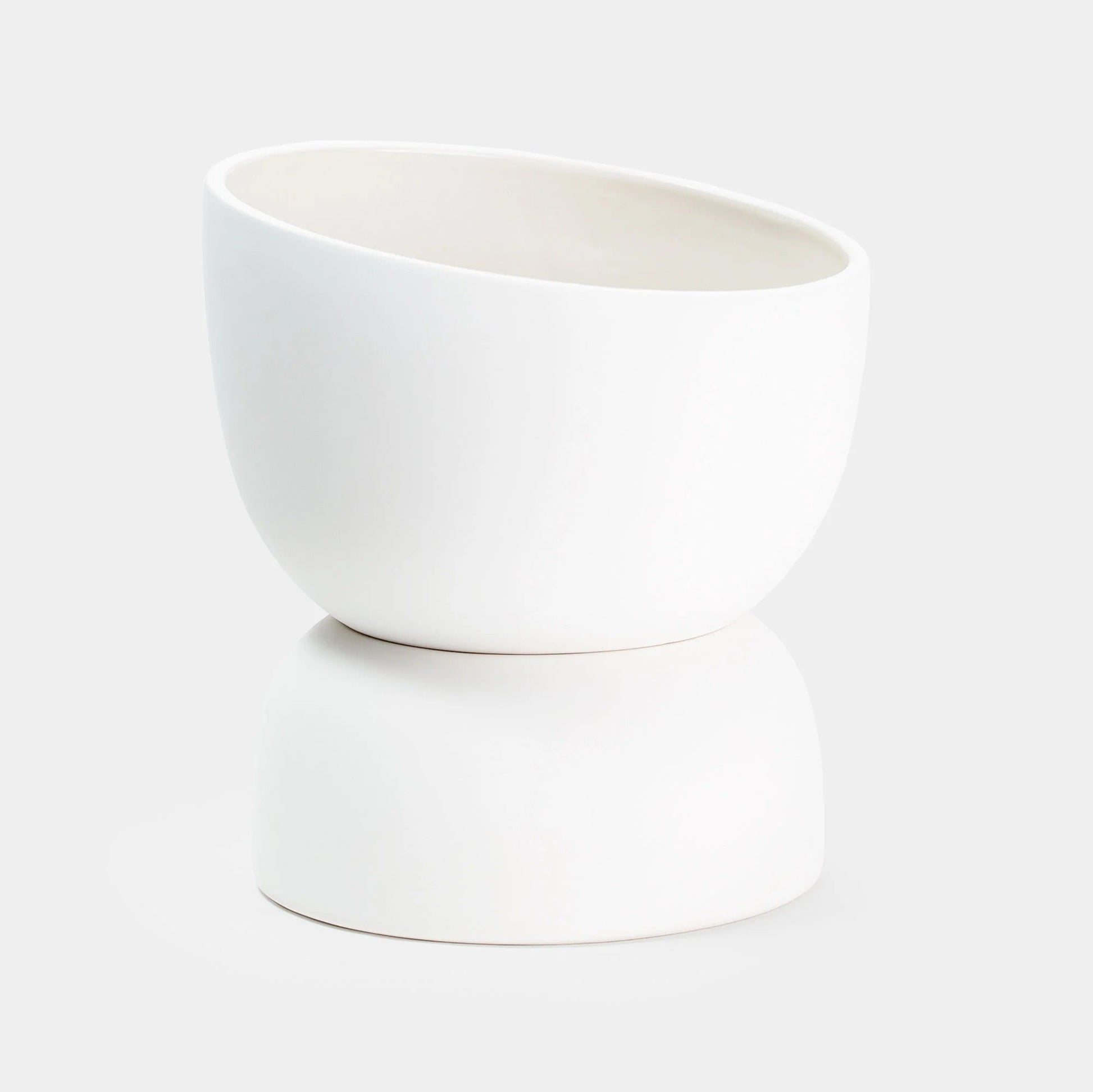

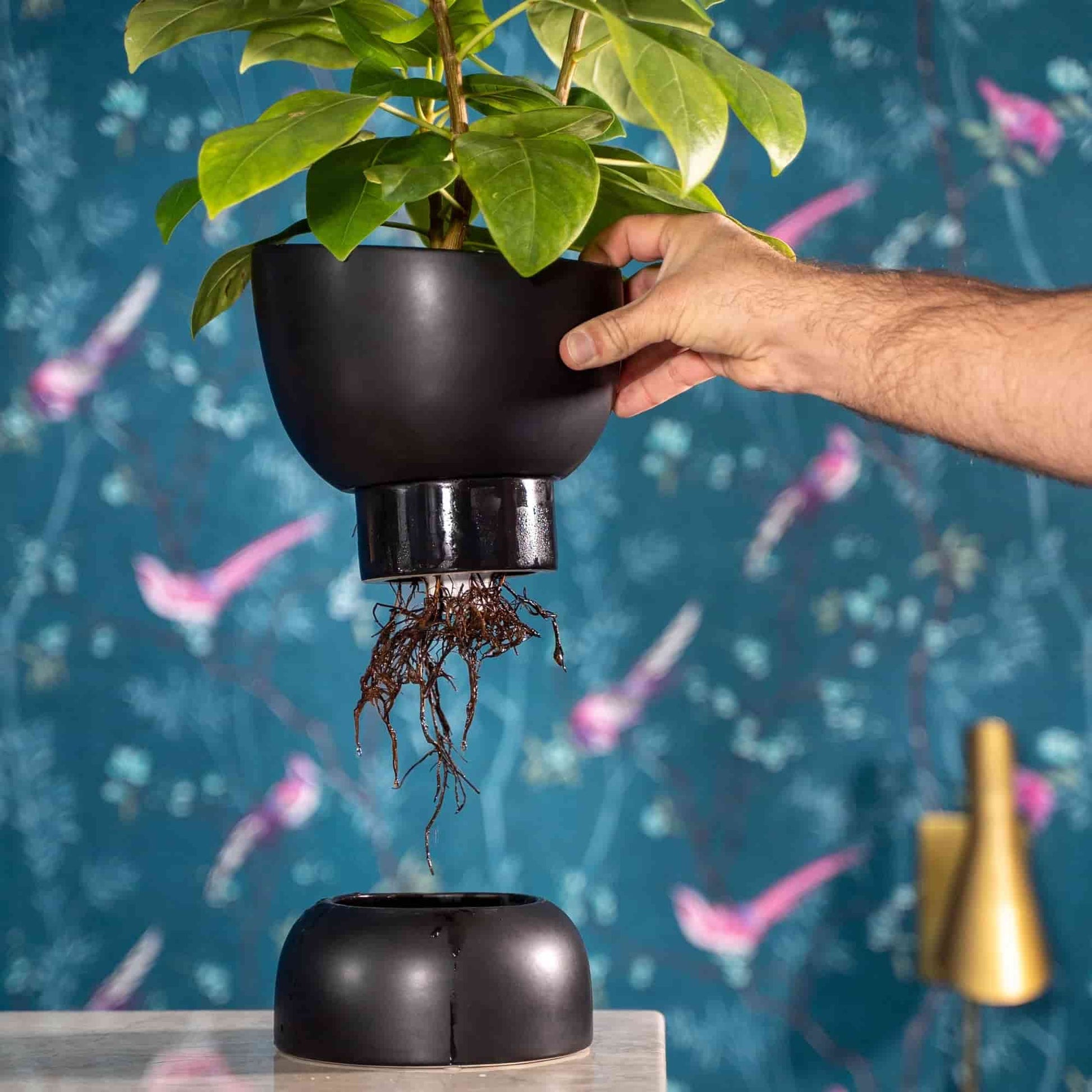


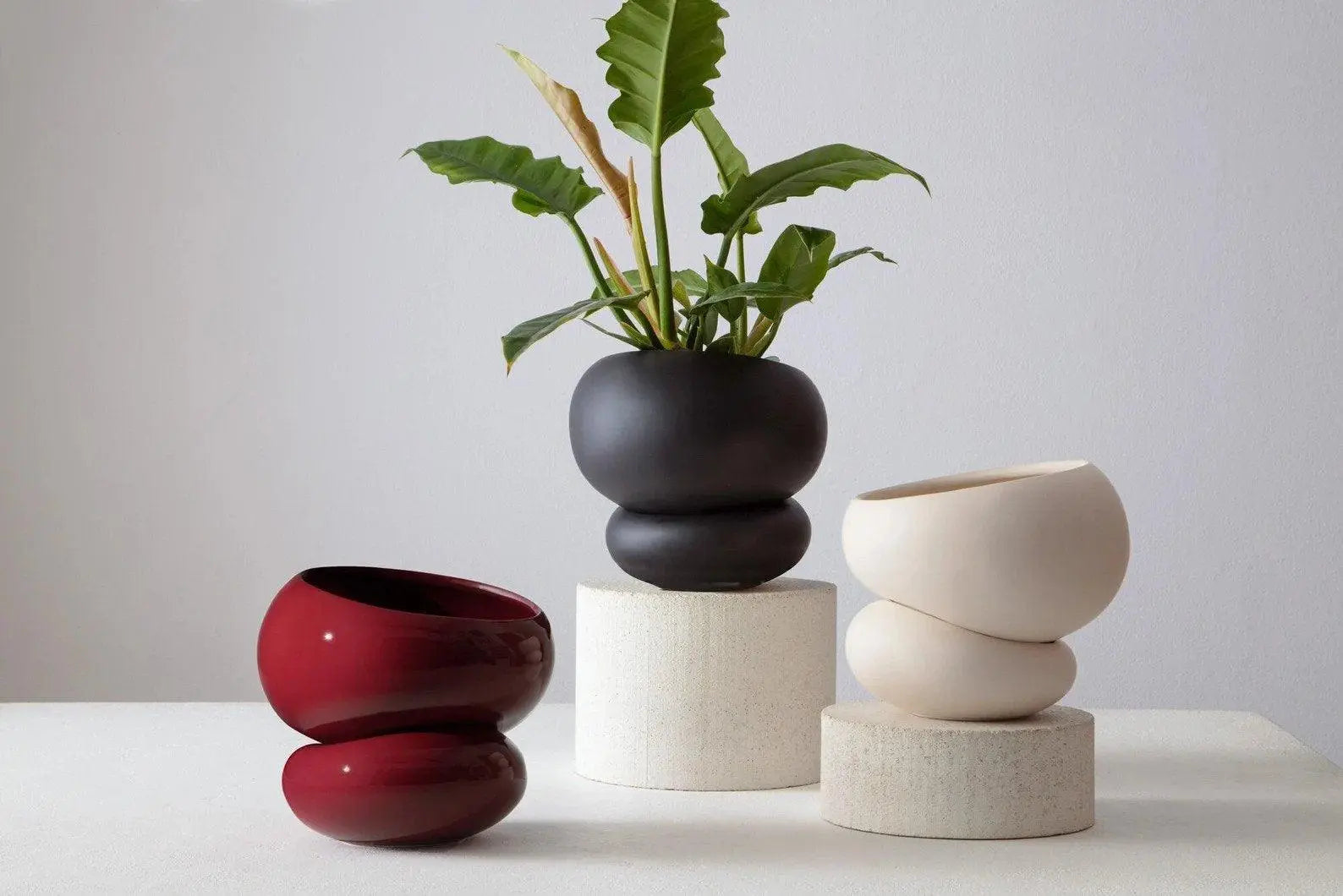

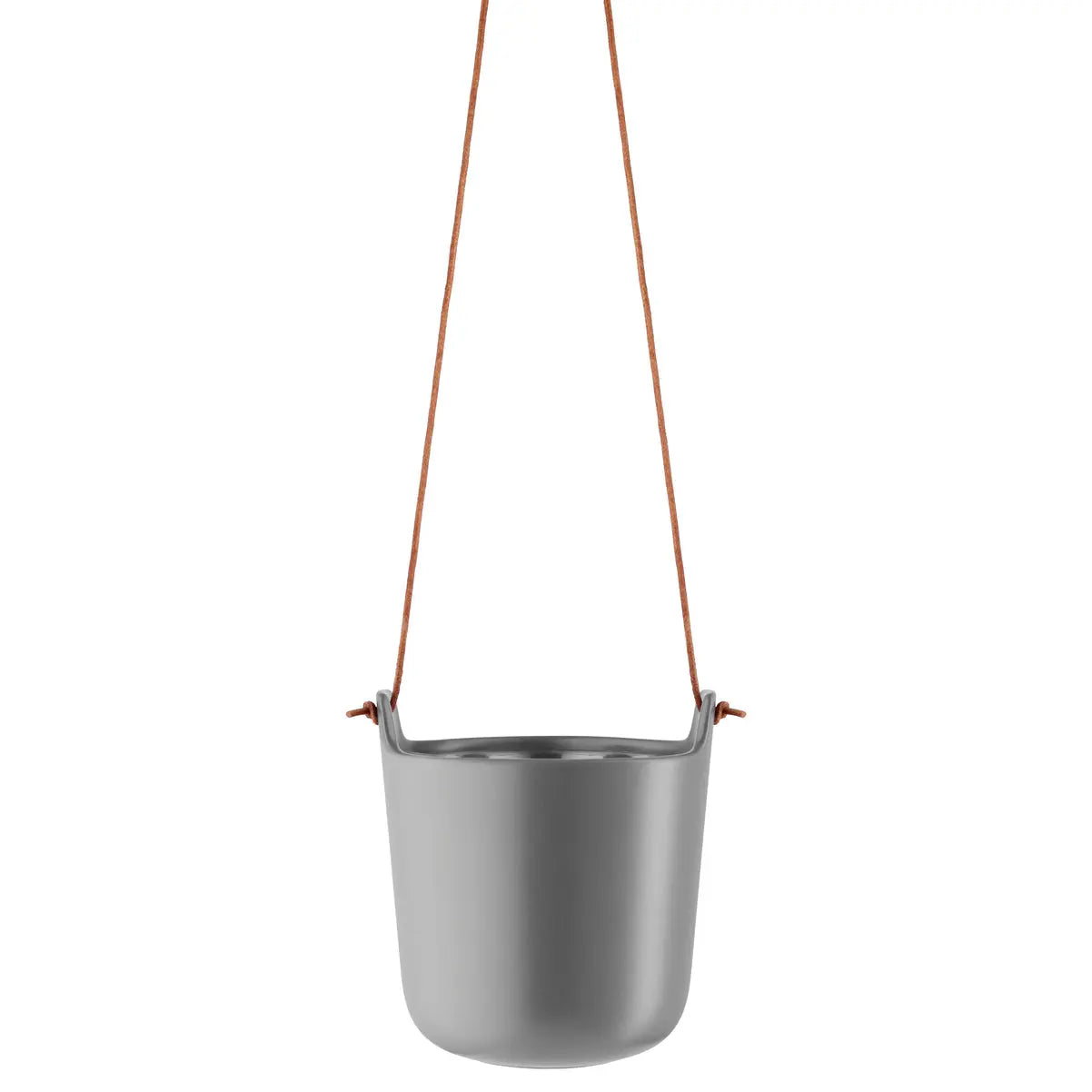

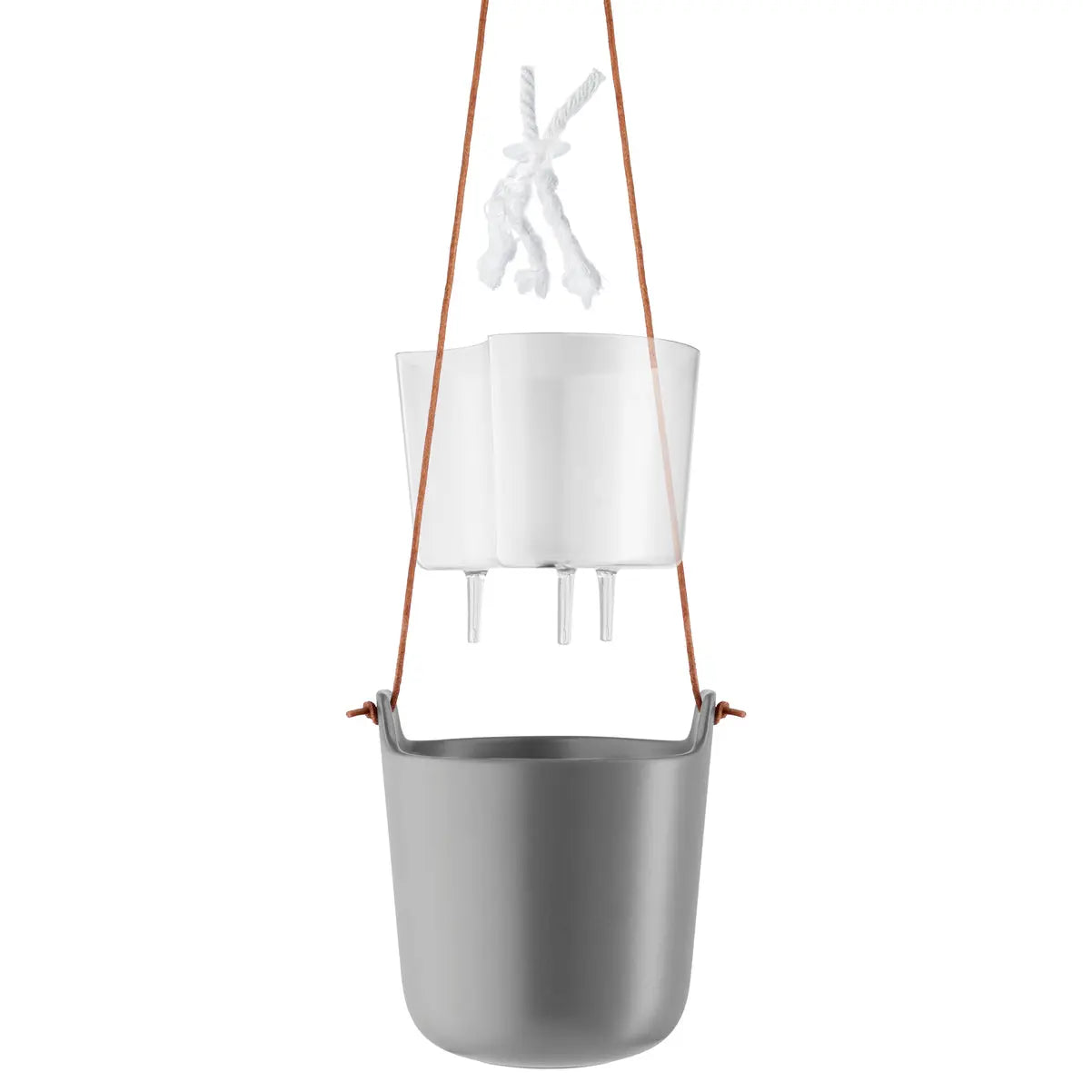
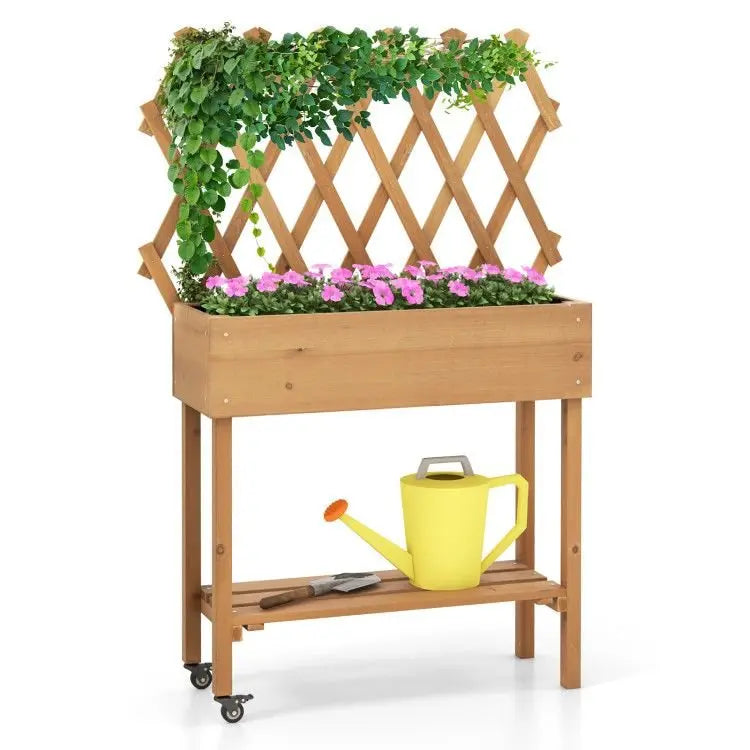
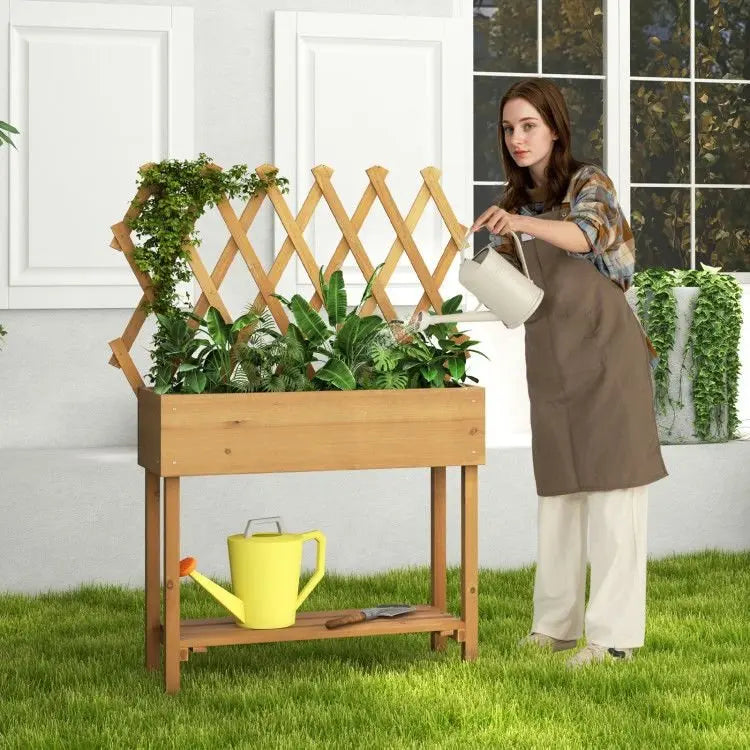
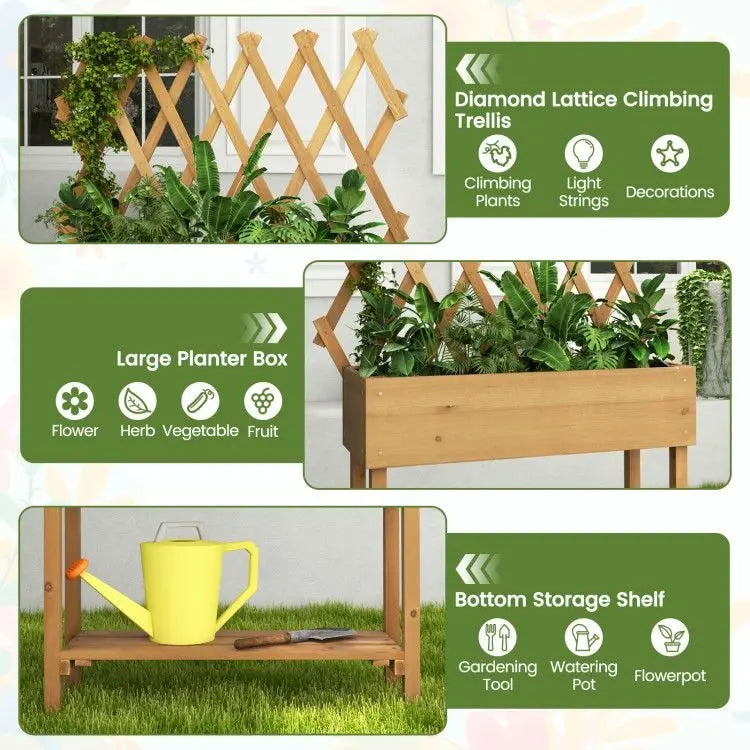
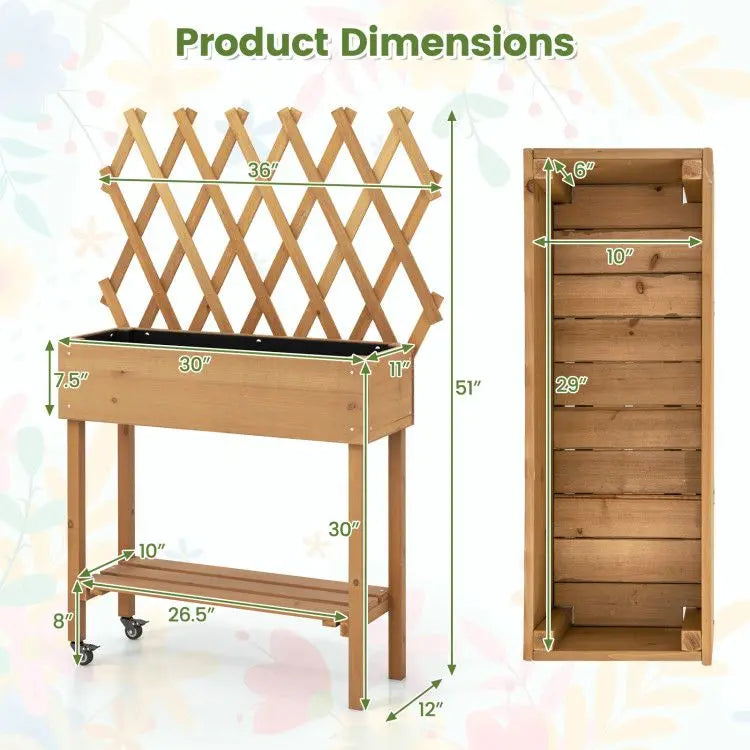
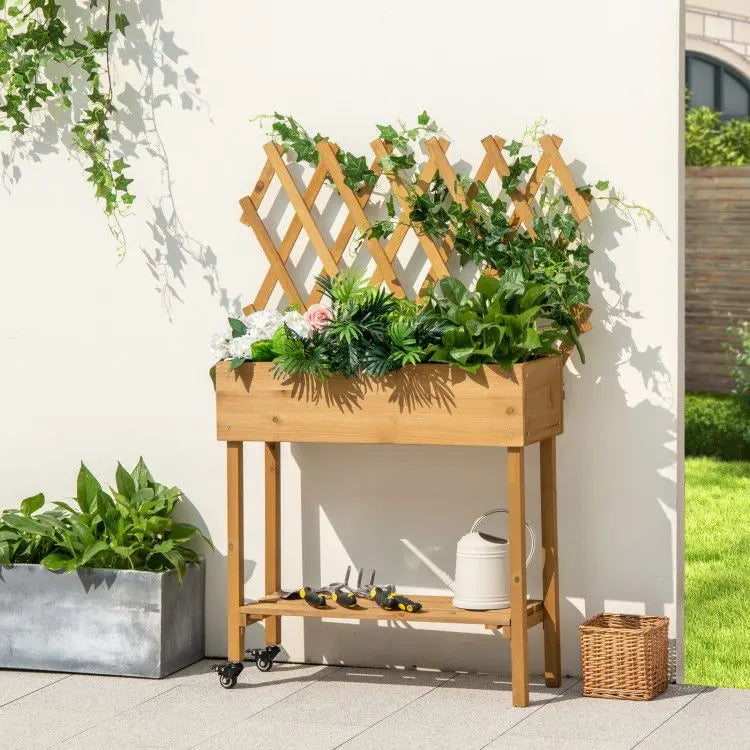
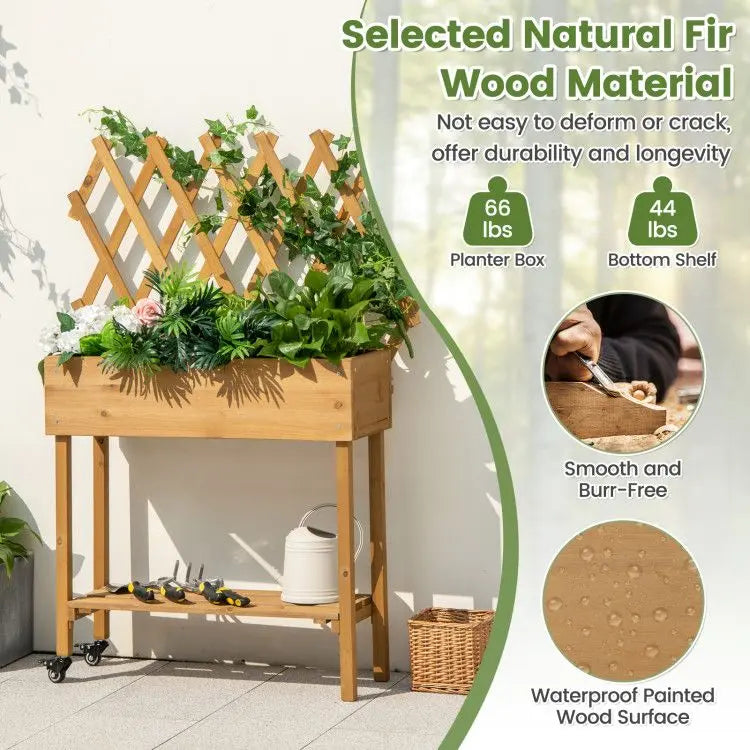
0 comments